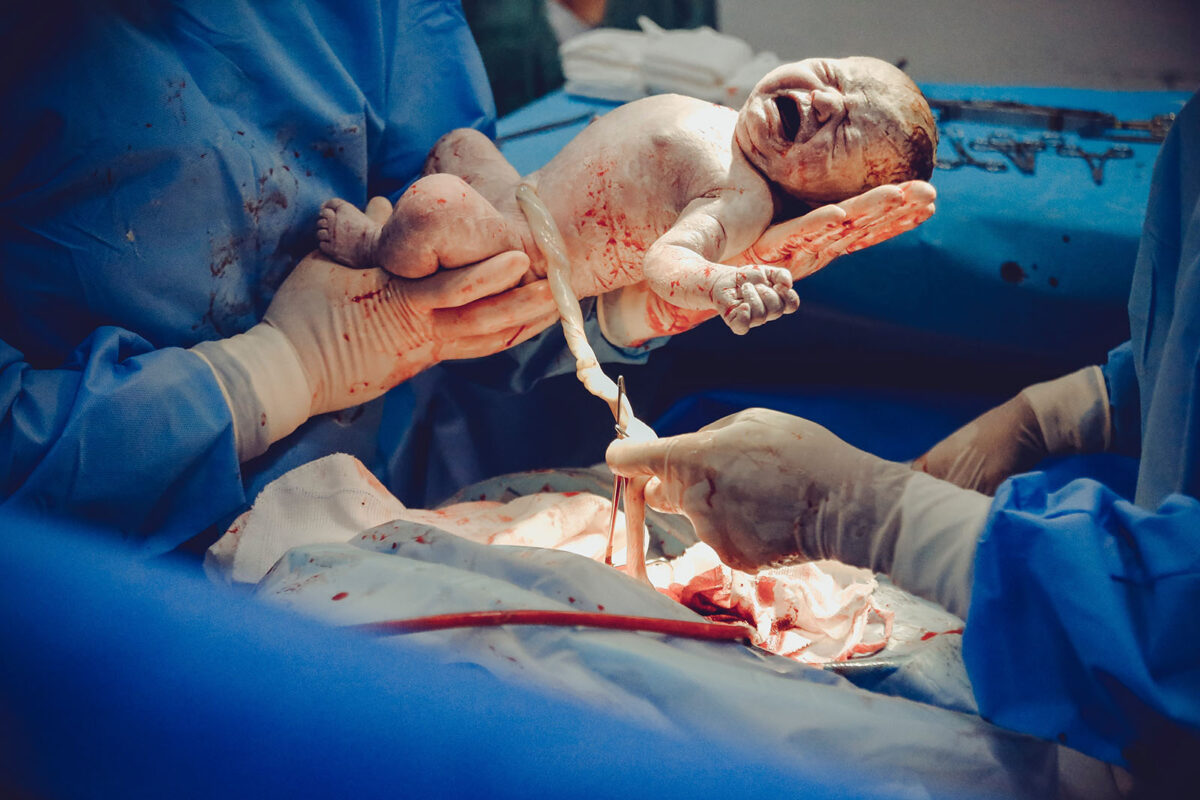The placenta and umbilical cord serve as a baby’s lifeline while in utero, providing nutrients and oxygen until birth. Once born, the umbilical cord and placenta serve no further biological purpose for the baby, and these tissues are typically discarded as medical waste.
After delivery, the placenta and umbilical cord are still rich in matrix proteins (e.g., collagen) and growth factors (e.g., cytokines). According to multiple kinds of literature and research studies, these properties make birth tissue an ideal therapeutic tool primarily for wound care, among other surgical applications. Studies show that the application of birth tissue to acute and chronic wounds can expedite healing, reduce pain for recipients, and diminish scar formation. Because it is a natural, biological membrane, it serves as scaffolding and signals the recipient’s own cells to proliferate, migrate, and populate the area. And because birth tissues are non-immunogenic (i.e, the recipient’s body will not ‘reject’ the birth tissue graft), the donor and recipient do not need to be matched. Amniotic fluid and the cord blood also have applications in regenerative medicine, as they are rich in mesenchymal stem cells. These stem cells (distinctly different from controversial embryonic stem cells) can be found throughout the body in bone marrow, fat cells, and birth tissues.
Birth tissue is acquired in a manner that does not interfere with the delivery of the baby. To donate birth tissue, expectant mothers can contact one of our registered tissue recovery Donor Services to complete a telephonic questionnaire. They will coordinate with the mother’s physician to arrange for a blood draw and physical exam information. A maternal sample will be sent to our contracted CLIA and FDA registered lab for infectious disease testing and uses the questionnaire to screen for any social or medical criteria that may impact tissue quality. After the baby is born, the delivered placenta and umbilical cord will be placed in a sterile container, rather than into the medical waste receptacle.
In keeping with our commitment to supporting science while striving to meet the research project needs for all, Leo Corps began recruiting more tissue banks. As the need for birth tissue continues to increase, we are indebted to the generosity of moms across the United States and we are pleased to embark on this new endeavor.

